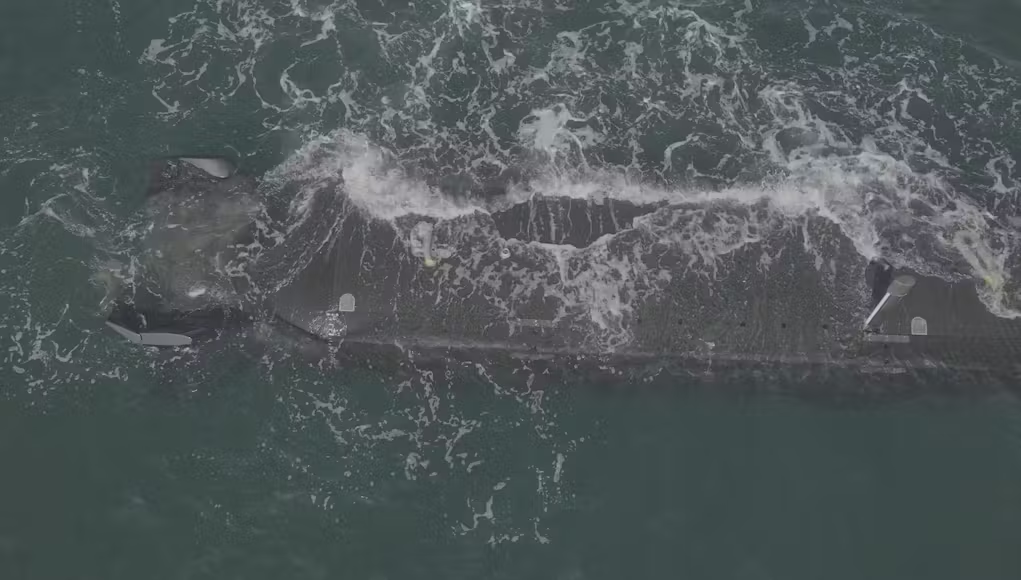The Royal Navy’s 12-metre Experimental Vessel Excalibur has set a new standard for allied naval cooperation. In July, operators in Australia controlled the uncrewed submarine while it was submerged in UK waters, more than 10,000 miles away. This event took place during Exercise Talisman Sabre 2025’s “Maritime Big Play” series.
AUKUS Pillar II Technological Breakthrough
The trial was part of the AUKUS Pillar II programme, designed to advance and share high-end defence technologies. The successful test confirmed that long-range, secure command of undersea assets is possible across continents.
Commodore Marcus Rose, RN, Deputy Director Underwater Battlespace, called it “a big step forward in our ability to operate uncrewed systems interchangeably with Australia.” The result strengthens AUKUS nations’ capability to work as a unified maritime force.

Allies Advance Underwater Communications
In addition to remote piloting, the UK, Australia, and the United States worked with Japan to enhance underwater acoustic communications — a critical capability for autonomous maritime operations. This initiative builds on the 2024 AUKUS decision to pursue interoperability with Japanese maritime autonomous systems, marking a broader coalition approach.
“This exercise demonstrates how we are exploiting the learning from our experimentation, by applying it to the Royal Navy’s growing arsenal of Uncrewed Underwater Vehicles; taking experimentation into the hands of the war fighter.”Captain Keith Taylor, RN
From Trials to Operational Readiness
Developed under the three-year Cetus project and unveiled in 2025, Excalibur supports long-duration missions without an onboard crew. The Maritime Big Play series integrates these platforms into naval task groups, with the 2025 edition emphasising contested communications, distributed operations, and coalition command structures.
Real-time, cross-continental control confirms the viability of secure long-range uncrewed operations. Furthermore, it accelerates the transition from prototype testing to active deployment, enhancing intelligence gathering, anti-submarine warfare, and mine countermeasure missions in high-threat regions.
Strategic Impact for AUKUS
Demonstrating that allied forces can control uncrewed platforms from thousands of miles away establishes the foundation for a distributed, multinational underwater fleet. This operational model enables global deployment while leveraging the expertise of remote operators, thereby bolstering resilience against infrastructure vulnerabilities.
Japan’s involvement suggests that AUKUS Pillar II could soon incorporate additional trusted Indo-Pacific partners, further strengthening regional maritime security against emerging challenges.
Conclusion
The Excalibur trial moves uncrewed systems from theory to reality. More importantly, it demonstrates that concepts once confined to research labs can now operate in contested, real-world environments. By proving secure remote control over a submerged platform at intercontinental distances, AUKUS members have validated both the technology and the operational doctrine needed for future autonomous undersea missions.
With this success, the alliance sets a precedent for secure, interoperable, and globally coordinated naval operations. This precedent is not limited to technical achievement; it creates a repeatable model for joint command-and-control, cross-domain communications, and coalition-based mission execution. Such a framework is essential in an era where strategic competition extends deep below the ocean’s surface.
Further Reading:










